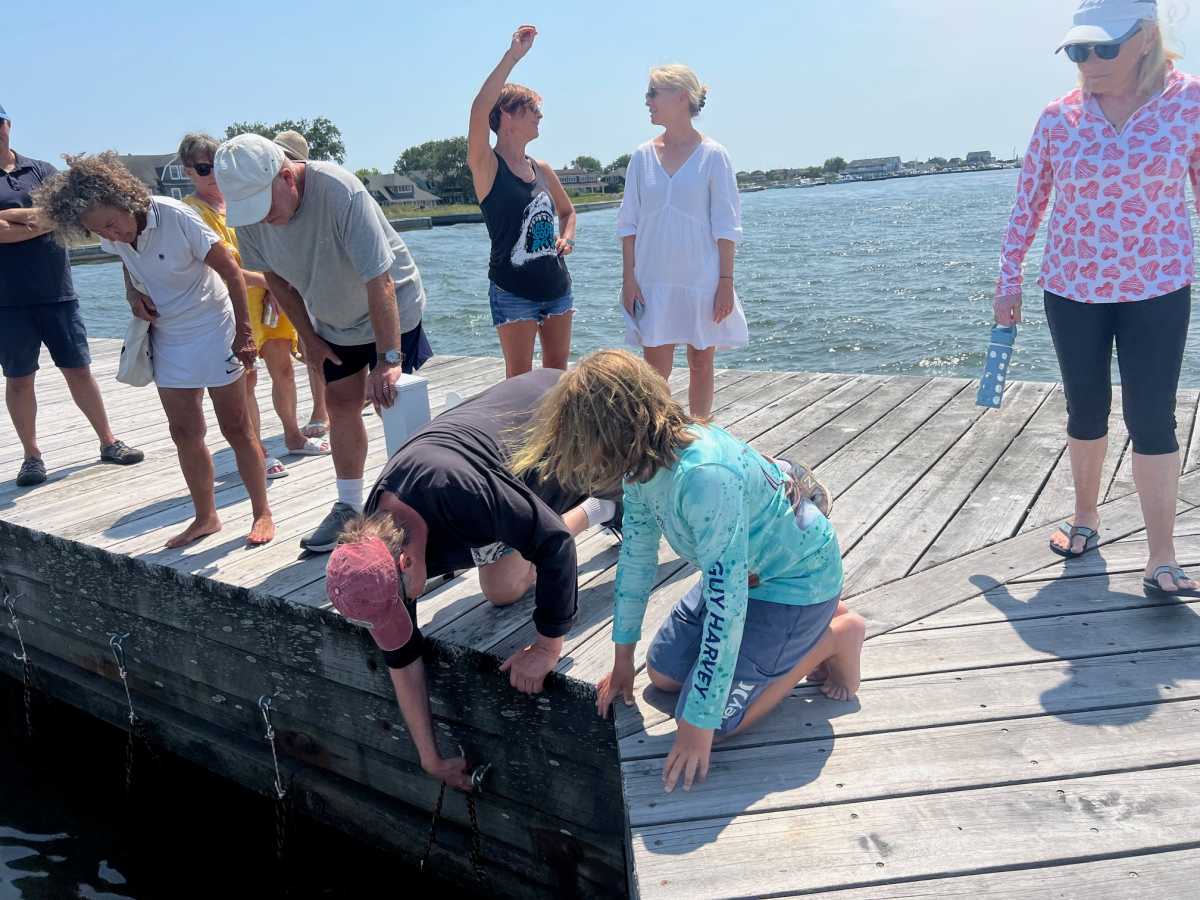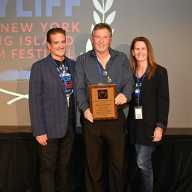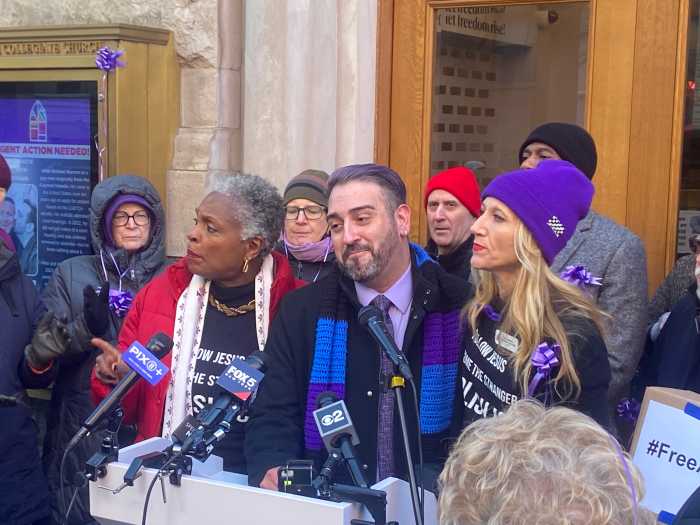On April 22nd, we start to reclaim the world we have wrecked.
These words were part of a full-page ad in the January 18, 1970 edition of the New York Times, announcing the first-ever Earth Day. Senator Gaylord Nelson and the other founders were still calling the event “The Environmental Teach-in.” The ad was the first place that April 22 was named publicly as “Earth Day.” Now, some 55 years later, Earth Day is an annual event across the world, and the name has become part of our global lexicon.
The goal of the inaugural Earth Day, which was marked by rallies and clean-ups across the country, was not just to achieve an environment of “clean air and water and scenic beauty,” according to the organizers. It was also seeking to achieve “an environment of decency, quality, and mutual respect for all other human beings and all other living creatures.”
The lofty effort got off to a great start, launching the “environmental decade” that saw the establishment of the New York Department of Environmental Conservation, and (later) the U.S. Environmental Protection Agency, and passage of the federal Endangered Species Act and Clean Water Act, among many other significant achievements. It also ushered in an era of tremendous advancement in environmental protection that has continued (for the most part) to this day.
The founders of Earth Day should certainly be proud of how far we’ve come. Our waterways still face challenges, but overall, water quality is vastly improved across the country. The air is generally safe to breath. Millions and millions of acres of open space has been preserved in perpetuity. And wildlife, while still struggling in many places, has rebounded in important ways. For example, the ban on DDT in the 1970s (an effort that started in Suffolk County by a group of Brookhaven-based teachers and scientists that formed the Environmental Defense Fund!) resulted in the decimated Osprey population storming back and near-extinct Bald Eagle once again nesting on Long Island!
However, while we’ve come a long way, we’re not there yet; there is still much work to be done. Still more wreckage to reclaim.
On Long Island, which experienced dense development ahead of much of the country, there has been a shift away from the successful efforts to preserving remaining open space (such as the central pine barrens in eastern Long Island) to restoring the impacts of past development. This work includes allowing our rivers and streams to flow naturally by removing dams and “right-sizing” small culverts, eliminating inputs of excess nutrients into our embayments from sewage plants and septic systems, restoring saltmarshes by undoing the legacy of grid ditching, establishing corridors to facilitate wildlife movement past roadways and other barriers, “rewilding” vacant sites with native plants, replacing harmful bulkheads with “living shorelines,” and countless other efforts. Collectively, it’s an effort described by my Seatuck colleague as “stitching back together the fabric of our coastal ecosystem.”
Unfortunately, the work of reclaiming the environment is not limited to reversing the harms of the distant past; there’s still wreckage being wrought. The impact of plastics, for example, looms as a major problem for wildlife and the environment – and potentially public health. The major concern is not so much plastic bottle rings strangling wildlife, but rather the ubiquitous “microplastics” found in water, sand, soil, wildlife, and people across the globe. As plastic products make their way into the environment and break down into smaller and smaller pieces, microplastics are literally everywhere, and the impacts are only just starting to come into focus.
Most significantly, of course, is the impacts of nearly two centuries of industrialization and the steady stream of carbon dioxide we’ve added to the atmosphere. Changes to the climate are causing impacts in every ocean and on every continent. People around the world are feeling the devastating impacts – and too often the worst effects are hitting the poorest countries. Wildlife, too, are already being displaced by rising seas and struggling to adjust to warming temperatures and disrupted ecological systems.
The environmental movement that the first Earth Day accelerated has undeniably been successful. It cleaned our air and water, saved countless wildlife species, and improved the overall ecological health of the planet. But even half a century on, the movement is more vital than ever as we face greater and more intractable challenges. It’s going to take a lot more to reach the level of ecological health and sustainability envisioned in 1970 and the goal of “decency, quality, and mutual respect for all other human beings and all other living creatures.” We’ve done well, but it’s no time to rest. As we celebrate Earth Day 2025, there’s still work to do to “reclaim the world”; we all need to keep our shoulders to the wheel.



























